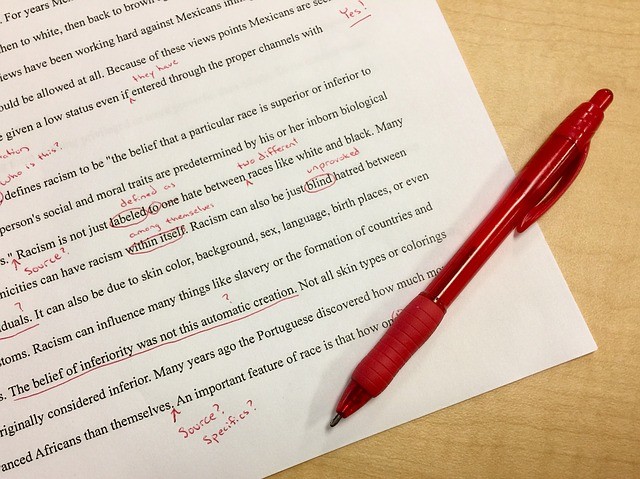Patents specifications are almost always amended before it is eventually granted. These amendments are usually made to clarify and distinguish the invention from the prior art. Applicants or inventors request for amendments to their patent specifications either voluntarily or to overcome objections raised by the examiner in the First Examination Report (FER). The applicants may also like to bring certain amendments to their provisional patent specification before filing the final specification.
However, the amendments are subject to few limitations as per Section 59 of the Indian Patents Act, 1970. The section states that;
-Amendments can only be brought by way of disclaimer, correction or explanation
-Amendments can be brought for the incorporation of actual fact
-No amendments of the complete specification which broaden the scope of the claim shall be allowed
-No amendments shall be allowed if the amended claim does not fall within the scope of the un-amended claim
The section severely curtails the scope for amendment of the patent specifications. The section only allows amendment to bring clarification to the existing claims by way of adding a disclaimer which will limit the scope of the claim, by way of correction in case of any obvious mistake, or by giving additional explanation or description of a feature or a unique characteristic, which leaves no room for broadening the scope of the claims. The courts have also strictly adhered to this principle in a plethora of cases.
The main purpose of a patent specification is to strictly define the scope of the invention claimed. Since the amendments have a retrospective effect to the date of filing, enlargement of its scope cannot be allowed as the supposed infringer would have had no reason to believe that the act encroaches the patentee’s rights. Thus, enlargement of the scope of the claim through an amendment is forbidden. However, bringing an amendment by way of correction or explanation is allowed as long as the amendment pertains to a matter already disclosed in the patent specification.
To ascertain whether the specifications have been enlarged, the courts have held that it should be imperative to juxtapose the two disclosures (original application and the amended specifications) and make a strict comparison as to whether any subject-matter relevant to the invention has been added, and also whether by deletion or addition.
The courts have also strictly applied this principle in a number of cases. For example, in AGC Flat Glass Europe vs Anand Mahanjan, the Delhi High Court allowed a post-grant amendment on the grounds that the amendment brought clarification of the scope of invention. The applicants, in this case, wanted to insert the phrase “a sensitizing material, typically tin” to the original claim which read “at least one material selected from the group”, to an invention pertaining to a mirror with no copper layers. The court stated that the addition was only sought to bring clarification to the pre-existing claim as specifying the types of materials did not broaden the scope of the claims.
Meanwhile, in Enercon (India) Limited vs Alloys Wobben, the board did not allow the amendment of the word/phrases “a rotor blade” and “which suitably adjust …of other rotor blades” as “each rotor blade” and “the adjusting device… of the other rotor blade or the other rotor blades” to an invention pertaining to ‘wind power installation’, as the board believed that the corrections would broaden the scope of the claims. The board believed that the correction expanded its scopes earlier; the adjusting device was construed to adjusting the angle of only one of the rotor blades, whereas, after the amendment, the adjusting device could be construed to adjusting the angles of each one of the rotor blades individually, in-turn expanding the scope of the claims.
Patent specifications are almost always amended during the course of its registration. Very rarely patents are granted without the need of amendments. In order to distinguish the invention from its prior art, it is imperative to make corrections and explanations while not expanding the scope of the claims. Thus, an applicant needs to proceed with the utmost care to maintain this balance.
You may also interested to read the following important post pertaining to patent examination:




